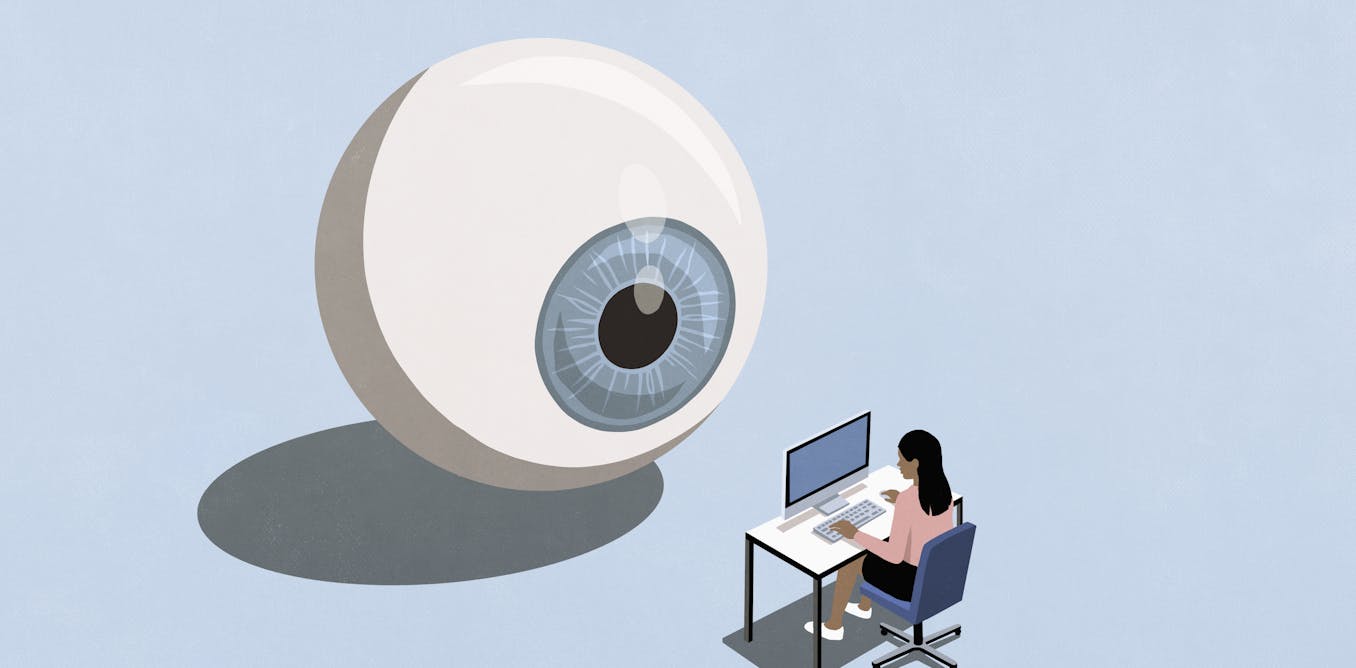Augmented-reality glasses can upgrade our view of the world with digital images and data. However, even industry titans such as Google and Microsoft have failed to devise augmented-reality headsets that aren’t bulky, cause headaches, or both. Now, with a combination of 3D holograms, artificial intelligence, and the kind of physics that make invisibility cloaks possible, researchers have developed a wearable full-color 3D AR display as comfortable to wear as eyeglasses, a new study finds.
Whereas virtual reality (VR) headsets envelop a person’s field of vision, blocking their view of the real world, augmented reality (AR) headsets superimpose images onto the real world to create a mixed reality. Potential applications may include remote assistance for home repairs and other tasks, or displaying maps, directions, and other data to help users reach their destinations, find places to shop, or learn more about their surroundings.
“We’re taking a big step towards what I think could be the killer app of holography—ultrathin, lifelike, 3D VR/AR displays that will eventually be as thin as conventional eyeglasses.” —Gordon Wetzstein, Stanford University
And while the range of possible applications is broad and getting broader, widespread adoption of AR has faced major hurdles. For example, AR displays are ideally no larger than conventional eyeglasses for comfortable everyday use, but until now, they had to rely on complex, bulky arrays of lenses and other optics.
“Nobody wants to wear a big bulky headset—you get a sore neck, and it’s just not comfortable,” says Gordon Wetzstein, an associate professor of electrical engineering at Stanford University.
In addition, like conventional 3D displays, AR headsets typically create the illusion of depth by showing each eye a different 2D image. However, this strategy can lead to eyestrain.
Instead of using 2D images to simulate a 3D view, scientists have previously explored creating holographic video displays. A hologram is an image that essentially resembles a 2D window looking onto a 3D scene, leading to pictures with depth that people can view without discomfort.
“With our work, we’re taking a big step towards what I think could be the killer app of holography—ultrathin, lifelike, 3D VR/AR displays that will eventually be as thin as conventional eyeglasses,” Wetzstein says. “We’re not quite there yet, but our work takes a big step towards this vision.”
Scanning electron microscope images demonstrate the microscale fabrication of the new AR glass technology’s metasurface design. Scale bars: 2 micrometers [left], 200 nanometers [right].Stanford Computational Imaging/Nature
Prior attempts to create holographic AR displays faced challenges producing compact devices with high-quality 3D images. In the new study, researchers at Stanford, the University of Hong Kong, and tech giant Nvidia have overcome these problems with the help of optical metasurfaces, which are components engineered…
Read full article: Augmented Reality Slims Down With AI and Holograms

The post “Augmented Reality Slims Down With AI and Holograms” by Charles Q. Choi was published on 05/08/2024 by spectrum.ieee.org





































